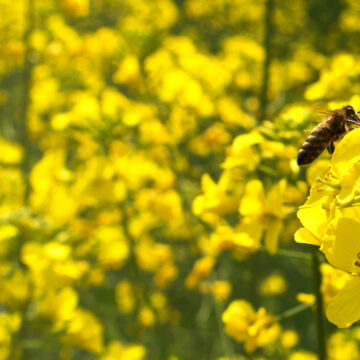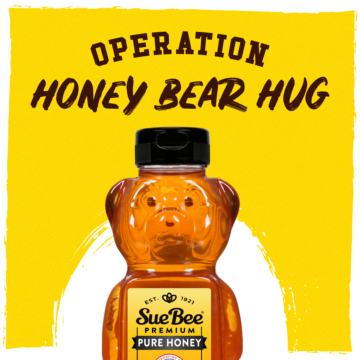The Honeybee Stewards
How beekeepers – and YOU – can help keep honey and the honeybee sustainable
Luckily for the honeybee, our Sioux Honey beekeeper families are among those who are helping make sure the honeybee is sustainable long into the future – not just for the precious materials the honeybee produces (honey, wax, pollen, propolis, royal jelly, venom for therapy) – but also for pollinating about one-third of the global food supply. Specifically, of the 100 crops that provide 90% of our global food supply, 71 are pollinated by honeybees and other pollinators.
Beekeepers are stewards of not only the honeybee but of the land upon which the honeybees forage. As stewards of the land, Sioux Honey beekeepers encourage farmers to avoid using pesticides and herbicides on their crops. Our beekeepers do everything they can to steer their honeybees away from crops or land where farmers have treated the weeds and insects in and around their crops. Beekeepers take great care to place their hives in natural, pesticide- and herbicide-free areas.
To help beekeepers in this endeavor, organizations like the Iowa Department of Agriculture and Land Stewardship offer apiary registries, which are tools used to help protect honeybees from exposure to chemicals that are toxic to bees. By adding the locations of their beehives to the registry, pesticide applicators will avoid applications of pesticides that are toxic to bees in proximity of the registered location during heavy honeybee foraging. Other states have similar programs. It is team efforts like this that can help ensure the honeybee remains sustainable for future generations.
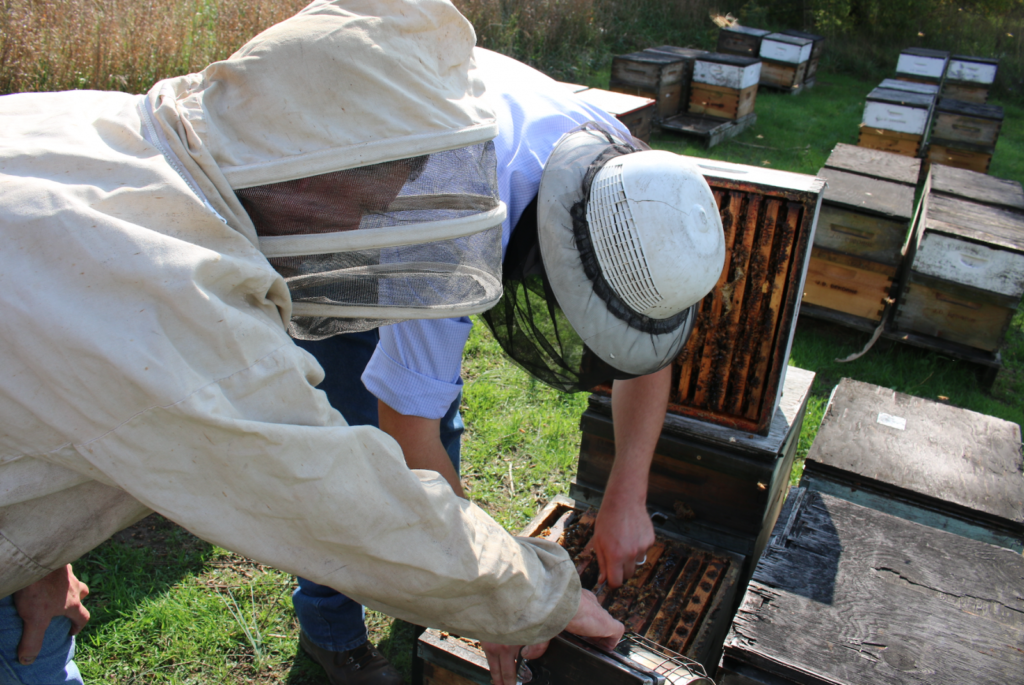
Increasing the honeybee population
In recent years, the honeybee’s global population has been diminished by things like the decrease in forgeable land due to monoculture farming, the relentless varroa mites, and mysterious, hard-to-pinpoint reasons that often fall under the label of “colony collapse disorder,” where entire colonies disappear overnight.
Sioux Honey beekeepers – along with other commercial beekeepers – have been keeping up with the losses by helping create new hives through the “splitting” of healthy hives. Beekeepers take a portion of an established colony and transfer it to a separate hive nearby and, thus, create two colonies from one.
In the most recent report from the United States Department of Agriculture (USDA), the number of honeybee colonies for beekeepers with more than five or more colonies was up 2% year-over-year in January 2021 compared to January 2020, with a total of 2.92 million honeybee colonies in the United States. The USDA tracks the number of honeybee colonies lost and the number that was added each quarter, and beekeepers’ additions consistently outpace the numbers lost. The most recent quarter showed a significant gain for the honeybee population in the U.S. between April 2021 and June 2021, 255,860 colonies were lost. However, beekeepers more than doubled the losses by adding 677,690 new colonies.
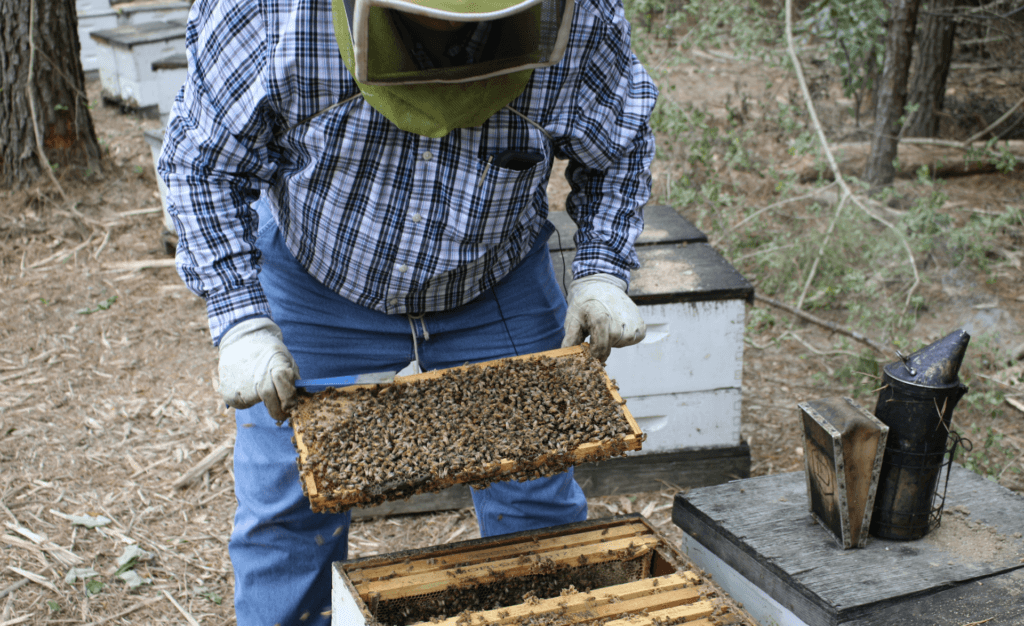
Sustainability from the honey lover’s perspective
The beekeepers are doing their part to help keep the honeybees and honey sustainable for the foreseeable future, for which we are grateful. But how can those of us who love honey and cherish the honeybee do our part to make sure our children, our children’s children and so on are able to enjoy honey the way we do?
In a recent blog post, we offered tips on how you can create new forgeable areas for the honeybee. It’s as simple as adding a single flowering plant in your yard. But what else can you do? You can help spread the word about why honey is such a better sweetener than sugar – from adding it in your favorite drinks or on your favorite foods to baking and using it as a substitute to any recipe that includes sugar.
Sugar is a calorie-rich ingredient that has little nutritional value on its own [1] [2]. And sugar is often added to processed foods to improve flavor, color, texture and shelf-life [3]. Consuming too much sugar has been associated with diabetes, tooth decay and poor cognitive functioning [4] [5] [6]. Harvard Health says too much added sugar can be one of the greatest threats to cardiovascular disease [7].
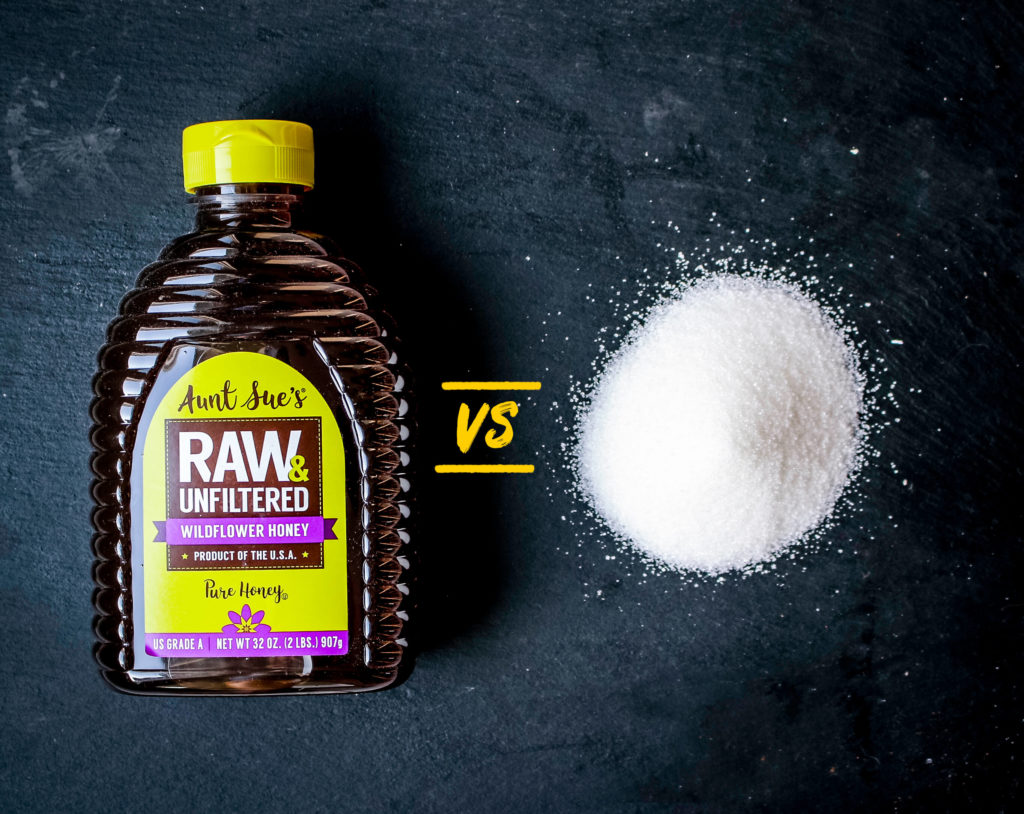
Honey is particularly great for baking. Because honey is sweeter than sugar, you’ll need less of it. The general rule is, for every 1 cup of sugar use 1/2 to 2/3 cup of SUE BEE® honey or AUNT SUE’S® Raw & Unfiltered Honey. Other tips for baking with honey include:
Reduce liquids: Honey contains a small percentage of water, so when substituting honey in recipes that call for 1 cup or more of sugar, reduce the other liquids in the recipe by 1/4 cup for every 1 cup of honey.
Add baking soda: If the recipe doesn’t already call for it, add 1/4 teaspoon of baking soda, which helps balance honey’s natural acidity to allow the baked good to rise properly. In cookie recipes using eggs, or in recipes with no other liquids, increase the flour by 2 tablespoons for each cup of honey.
Lower the temp: Honey caramelizes faster than granulated sugar, and therefore burns faster, so reduce the oven by 25 degrees.
Share and help spread the word
If you enjoyed this blog post on honeybee sustainability, forward it to a friend. And you might also enjoy other posts in our series:
Sustaining Sustainability: For the honeybee’s sake, let’s celebrate Earth Day every day
Wait! Don’t Throw Away That Honey Bottle: You can help with sustainability for our beloved honeybee
Sources:
[1] Men’s Fitness
[2] LiveStrong.com
[3] Science Daily
[4] Time
[6] Forbes
[7] Harvard Health

